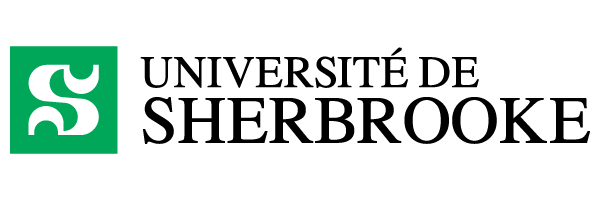Because of the physical distancing brought about by the pandemic, social media is being used more than ever in both professional and personal life. How can employers and employees strike the right balance between the advantages and disadvantages of using social media?
OUR PARTNERS
This initiative was made possible through a collaboration with the Université de Sherbrooke and is supported by the Chief Scientist of Québec, with the Fonds de recherche du Québec.


Legende : RECOMMENDATIONS FROM OUR PH.D STUDENT
PH.D STUDENT
Nancy Youssef is a Ph.D student in business administration (DBA) at the School of Management of the Université de Sherbrooke. Her research focuses on the link between the field of law practice and workplace well-being.
DID YOU KNOW? *
- 97.3% of knowledge workers (those who produce, disseminate or sell knowledge, e.g. teachers, lawyers, doctors, administrative professionals) use social media during work hours.
- The average usage time is 39 minutes per work day.
- On average, non-work social media use represents 4.6 minutes per hour of work.
WHAT IS MEANT BY…?
Social media are web applications that allow users to create, share and exchange information and content with other people online (e.g. Facebook, Twitter, LinkedIn). Social interaction is central to social media, which also fulfill people’s need to stay connected.
This is characterized by vigour, dedication and being absorbed in one’s work. This involves a significant investment of mental and physical energy, perseverance, and a willingness to be fully dedicated to one’s work with a sense of pride and enthusiasm. Engaged employees are more likely to be devoted to, and engrossed in, their work.
Reading posts on social media may give rise to negative emotions (e.g. anger or jealousy). Negative emotional reactions to information posted by colleagues on social media can have harmful effects on employees’ health and organizational productivity.
Excessive and compulsive use of social media (e.g. feeling the need to use social media constantly or becoming agitated and distressed when use is prohibited or not possible) to the point of neglecting activities in other areas of life (e.g. fulfilling one’s work time obligations or spending time with family).
WHAT DID TWO RECENT STUDIES FIND?
Using social media as a break increases work engagement. *
The planned use of social media (e.g. micro-breaks) increased worker engagement during the following hour of work. Also, an employee using social media when they experience a temporary drop in energy or interest in a task will be more engaged in their work later in the day. However, continuous use of social media decreases work engagement.


